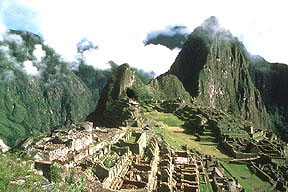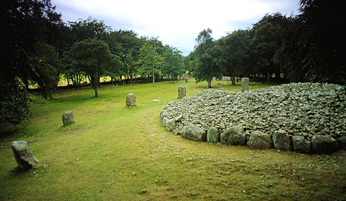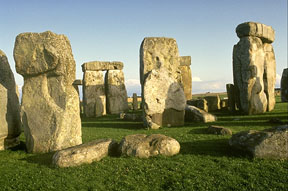Click on image for full size
Image courtesy of Biblioteca Nazionale - Florence, Italy
Astronomy throughout History
The study of all sorts of celestial objects, such as planets, stars, galaxies, intergalactic and interstellar space, falls under the field of astronomy. Thousands of years ago, the earliest civilizations observed the heavens.Because astronomers of the past set the foundation for today's astronomy, it is an interesting journey to take a look through the history of astronomy. How did they figure out how big around the Earth is? Who was the first astronomer to recognize galaxies outside our own? How did they know the Earth wasn't the center of the solar system? What must've it been like to look through Galileo's first telescope to see the craters on the Moon? Were people stunned when Halley correctly predicted the return of a comet?
Archeoastronomy has been called the 'anthropology of astronomy' to distinguish it from the history of astronomy. It sets to find out just how astronomy fit into a certain culture's life.
Were women ever allowed or encouraged to be astronomers in ancient times? Did the builders of Stonehenge incorporate into its structure an eclipse prediction system? How did the Sun play into thoughts on death and the afterlife for civilizations of long ago? How did the Mayan calculate the length of a year with such accuracy without a computer or a calculator?
This section will take you on a journey through time, across the continents and into the lives of people from all times and places. It will touch on the history of astronomy, archeoastronomy and more. Please choose which way you would like to begin your journey:
![]() Journey through Time
Journey through Time
![]() Journey by Region
Journey by Region
![]() Meet the People Involved
Meet the People Involved















